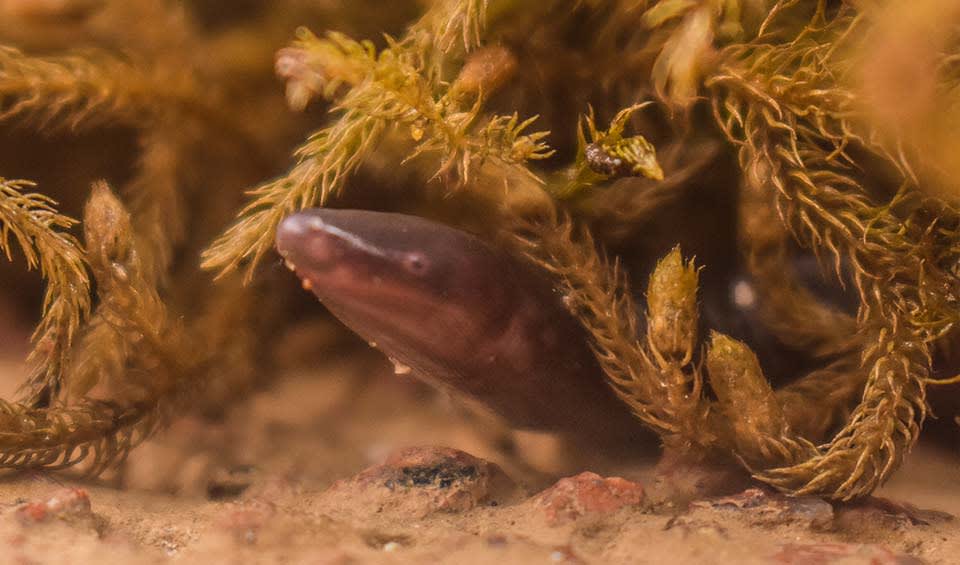Hypogeophis – Frigate Island caecilians
A group of caecilians that are all endemic to parts of the Seychelles Archipelago
This group of burrowing, worm-like amphibians are known for their egg-laying reproduction, intricate parental care, and specialized sensory adaptations.
In their reproductive strategy, the females take on the responsibility of guarding the eggs until they hatch. This form of parental care is relatively rare among amphibians and showcases the remarkable diversity of reproductive strategies within this group.
Caecilians, including Hypogeophis species, lead predominantly subterranean lives. During the day, they can be found either swimming in rivers and streams or burrowing beneath the Earth’s surface. Their subterranean lifestyle is well-suited to their sensory adaptations.
In the darkness of the underground world, caecilians do not rely heavily on their sense of sight or hearing. Instead, they have evolved specialized sensory tentacles located on either side of their heads, which play a vital role in navigation and prey detection. These sensory tentacles are equipped with sensory receptors that allow caecilians to detect chemical signals from their surroundings, including the presence of potential prey.
As caecilians feed, they employ these tentacles to explore their environment actively. Their acute senses of smell and taste enable them to identify chemical cues from various sources, helping them locate and capture prey efficiently.
Despite their remarkable adaptations, Hypogeophis caecilians face significant threats in their natural habitat. The removal of natural vegetation and resulting soil erosion pose severe challenges to their survival. These environmental changes can disrupt their subterranean habitats, affecting both their ability to burrow and find prey.
Species in this genus
Frigate Island caecilian
A group of caecilians that are all endemic to parts of the Seychelles Archipelago


